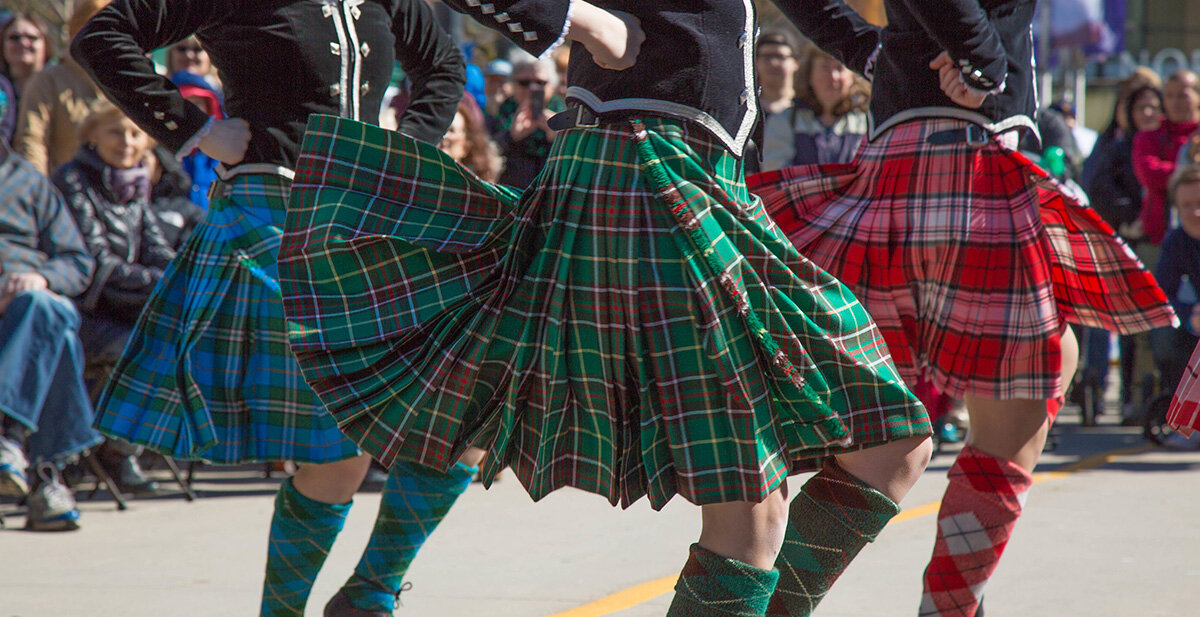
Celtic Travel….Where will your next trip be?
Celtic Travel
Introduction
For the visitor, the six Celtic nations have very distinct personalities, and yet there is much that is common to all. The sea is perhaps the over-riding uniting factor, inevitable given their location on the western fringes of the European continent. Rugged cliffs, tiny coves, fishing villages, gently sloping river estuaries, seemingly endless sandy beaches and wind-swept offshore islands; every conceivable variety of coastal geography is here.
There are mountains as well. From the Scottish Highlands to the peaks of Welsh Snowdonia, the visitor is presented with a wilder contrast to the more gentle charms of the coast.
A sense of a shared Celtic past also unites the different regions. Standing stones, Iron Age forts, holy wells and Celtic crosses are dotted throughout the six lands. Castles, country houses and grand estates tell of more recent incursions by outsiders seeking to tame the native countryside.
In sum, there is something for everyone in Brittany, Cornwall, Ireland, The Isle of Man, Scotland and Wales. For those seeking a true Celtic experience, there’s a lifetime of exploring to be done.
Brittany
On a peninsula in the northwestern corner of France, Brittany is an outlying region with a real sense of separateness from the rest of the country thanks to its strong Celtic heritage.
The area derives it name from the Dark Age Britons who migrated to the area as they fled the Anglo Saxon invaders who were pushing the Celtic peoples further and further west. Brittany has strong linguistic and cultural connections with Wales and in particular, Cornwall; indeed, the western-most province of Brittany is called Counuaille.
Cornwall
If there’s one thing that defines Cornwall more than anything else, it’s the sea. A peninsula jutting out from the west of England with some 300 miles of coastline, nowhere in Cornwall is more than 20 miles from the sea. With more than 300 beaches, varying from long stretches of sand to small sheltered coves carved out of the granite, the Duchy has something for all beach lovers. The two coasts are an exercise in contrasts, however.
Ireland
At first glance, the island of Ireland may look small enough to digest in a single visit. But be warned, it’s a good 350 miles from north to south and there is so much to do and see in its 33,000 square miles that you’d need multiple trips to explore it properly.
Isle of Man
By far the smallest of the Celtic nations, the Isle of Man’s 83,000 residents inhabit an island just 32 miles long and 14 miles wide. The island sits in the middle of the Irish Sea, about 35 miles from Ireland to the west and a similar distance from England to the east. It’s the only place in the British Isles where, from the top of Snaefell Mountain, you can see all of the UK’s constituent parts.
Scotland
How do you begin to sum up Scotland? The nation occupies the northern third of the British Isles and a huge variety of landscapes make up its 30,000 square miles. With a population of just 5.4 million, it has only around one tenth of the people per square mile of its southern neighbour. So visitors to Scotland won’t find themselves short of space!
Wales
Wales is dominated by two primary geographic features: its 1,680 miles of coastline (Wales is surrounded by water on three sides) and the mountains that dominate the country’s interior. As a result its beaches are legendary, boasting some of the finest stretches of sand in the UK. And it’s mountains, rivers and waterfalls, especially in the iconic Snowdonia, are world famous.






